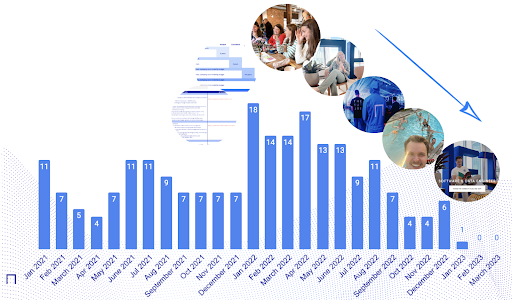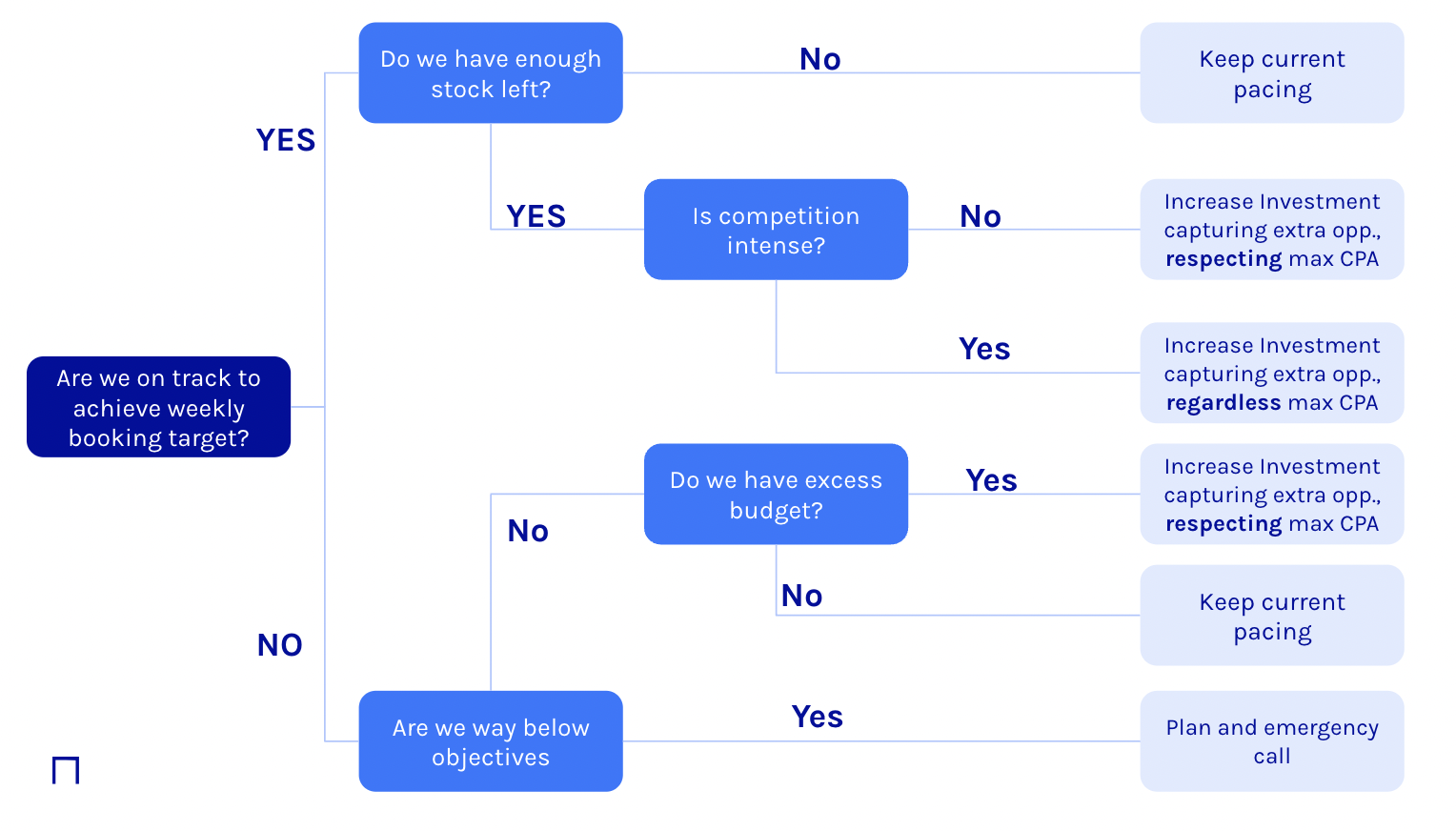Steering marketing efforts are challenged by data limitations
KitchenAid has a history of innovation and has introduced several groundbreaking products over the years, such as the iconic stand mixer that is now a staple in many kitchens. Research data shows that the online demand for small kitchen appliances in Europe is shifting, growing from 39% in 2021 to 42% in 2022. Turning to e-commerce is clearly an effective way to grow sales for KitchenAid, but that is not a walk in the park. Not only is the e-commerce landscape for kitchen appliances highly competitive, but KitchenAid’s products are premium-priced, which makes it more difficult for KitchenAid to find their position in the e-commerce marketplace where price comparison and value shopping are common.
Consequently, it is our natural reflex to turn to research data to make informed decisions on how to operate efficiently. But there, we are faced with the limitations placed on cookie tracking. Consequently, measuring and attributing the success of campaigns becomes more difficult. Our upper-funnel or prospecting campaigns, which are often the first touchpoints with our brand, are undervalued. As a result, allocating budgets across channels and campaigns becomes more difficult. Additionally, conversion channels such as Google Ads are highly dependent on data for algorithm learning and performance. For KitchenAid, which sits low on conversion volume data due to the high price of their kitchen appliance, this impact is even more pronounced.
Ultimately, with this loss of data, the marketing team of KitchenAid was becoming more blind on how to navigate their marketing efforts efficiently. What we needed was a way to overcome this and get back into the cockpit.
My data is not perfect and I’m OK with that
The mission is clear. But, before we continue to tell you the story, we first need to get rid of a misconception. Data quality is undoubtedly a key part of any successful data-oriented decision. Shit in. Shit out. At Semetis, we are regularly asked to miraculously bridge the gap between data signals of one platform with another database. And because the data does not always match, it is eventually rejected as valid data. Not capturing some data points does not mean there’s no information you can get out your data. Generally in web analytics and digital advertising, the data you get is very accurate, unless you completely messed up with the implementation. If a proportion of the data is not collected for any reason, this is fine. The data you have is still very valuable. Web analytics tools are meant to measure trends, proportions, to connect networks and platforms. Web analytics tools are not cancer scanners, and approximative data is OK.
Data modelling to extend the power of the data you do have
KitchenAid understood that too. The limited data points we do have are workable to make binary decisions. So, how can we make our data work? We leveraged the technology SegmentStream, which is a Conversion Modeling Platform that uses machine learning algorithms to evaluate every website session and predict the user's likelihood to convert in the future. If the probability is high enough, the platform creates a Modeled Conversion that is immediately attributed to the traffic source and used for measurement and optimization. This Modeled Conversion solution can counterbalance the loss of data due to the disappearance of cookies.
With SegmentStream, multi-source data points could be collected. For KitchenAid, behavioral data from Google Analytics 360, and cost, clicks, and impressions data from various ad platforms such as Facebook Ads, Google Ads, and Awin (affiliation platform) were integrated. Next, the data set is used to train a machine learning model to output Modeled Conversions.
It is undisputable that search engines are the door to any e-commerce property. The numbers speak for themselves: 87% of shoppers begin their product searches online. Consumers who use search are 2.4 times more likely to buy. Getting our Google Ads campaigns right, across 11 countries with each different website, for KitchenAid's ecommerce is thus a no-brainer. Therefore, we connected the sales predictions done by SegmentStream based on the behavior of the users on the website with our Google Ads account. As such, we made sure Google’s smart bidding algorithm integrated the modeled conversions as data points, which, in turn, allows better-optimized campaigns towards ecommerce revenue.
Conducting A/B tests to validate the modeled conversions impact
To guarantee that the implementation of the modeled conversions was actually having a positive uplift on the total revenue, and more importantly on the ROAS, we conducted an A/B test in two rounds. First, on the Brand and Generic keyword campaigns, and second, on the Performance Max campaigns. And this was done for 11 European countries.
- Campaigns A used a Maximized Conversion Value bidding strategy and were optimized towards Website Purchase, collected via the Google Ads tag.
- Campaigns B used the same bidding strategy but were optimized towards SegmentStream Modeled Conversions.
In the first iteration of the test, the branded campaigns optimizing towards Modeled Conversions showed better ROAS, while the generic campaigns did not show a significant difference to make the test conclusive. A deep dive surfaced that the generic campaigns were too small, in terms of data points, to generate enough results.We then decided to roll out the test for the Performance Max campaigns (on shopping inventory). As Google does not offer the possibility to run an A/B test for Performance Max campaigns to compare
different optimization strategies, an experiment was conducted based on geolocation in Germany. The country was divided into two regions with similar behavior, and we applied the same logic for the set-up as described above.
The A/B tests ran over a period of two months to be able to make conclusive decisions.
Even with limited data, a 15% increase in ROAS is possible
The test results were remarkable. By using SegmentStream's Modelled Conversions in the B campaigns, we observed a 15% increase in ROAS, while keeping the same level of investment. Therefore, we decided to implement the Modelled Conversion optimization on a long-term basis for all the campaigns of Google Ads in the 11 countries. As a result, we are now 5% above our target.
Moreover, there is an extra bonus for our 11 countries globally.
- The volume of sales has improved by 7%
- The cost per click of our campaigns has decreased by 27%. This decrease in cost per click allowed us to target more qualitative search requests with the same budgets.
These improvements mean that KitchenAid is now attracting more website visitors with a high probability of making a purchase, which resulted in higher sales growth for the company.
{snippet florianedefacqz-en}

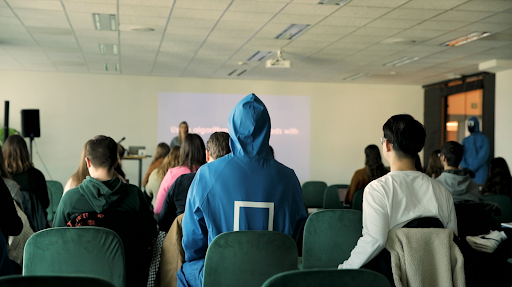
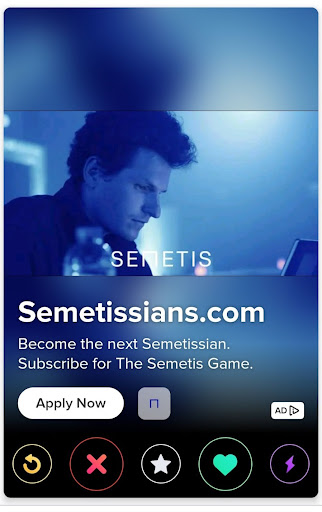 would get noticed in the class room, we created opportunities. In the middle of the guest lecture, an army of Semetis masked actors, entirely in the style of Squid Game, the Profilers, would walk in and hand out cards with a mysterious invitation. To connect with the students we missed out on campus, we balanced it with paid media. In this first phase we reached 4.200 business students on campus and gathered 380.000 video views.
would get noticed in the class room, we created opportunities. In the middle of the guest lecture, an army of Semetis masked actors, entirely in the style of Squid Game, the Profilers, would walk in and hand out cards with a mysterious invitation. To connect with the students we missed out on campus, we balanced it with paid media. In this first phase we reached 4.200 business students on campus and gathered 380.000 video views.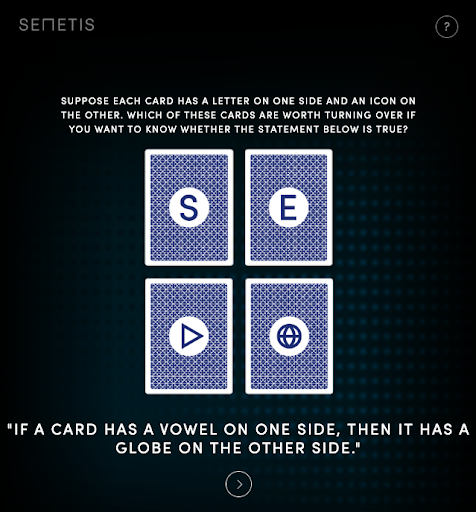 We were not satisfied just yet. It was not enough. We had to create a tremendous in-person experience. If we want these students to actually live that unique experience they are craving for, you need to communicate with them in-person. But while respecting their rules. And that means, no e-mailing, no calling, but Whatsapping. We leveraged Whatsapp Business technology to guide the 300 students to their next expected move in the game, so we could choose the 20 lucky candidates to play the Semetis Game. For real.
We were not satisfied just yet. It was not enough. We had to create a tremendous in-person experience. If we want these students to actually live that unique experience they are craving for, you need to communicate with them in-person. But while respecting their rules. And that means, no e-mailing, no calling, but Whatsapping. We leveraged Whatsapp Business technology to guide the 300 students to their next expected move in the game, so we could choose the 20 lucky candidates to play the Semetis Game. For real.
